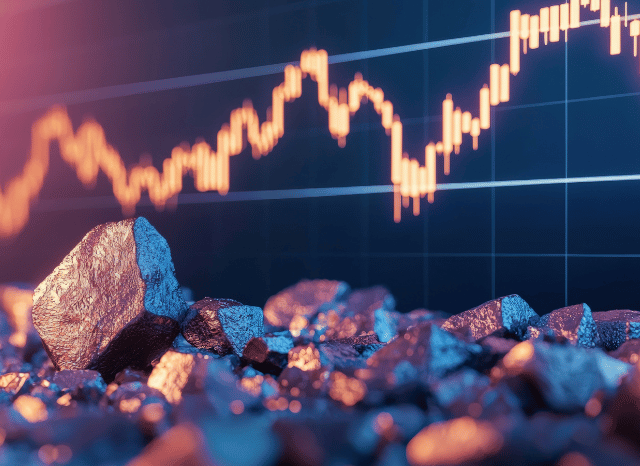Uncommon Earth Component Minerals: World-wide Supply and Desire by Stanislav Kondrashov
Uncommon Earth Component Minerals: World-wide Supply and Desire by Stanislav Kondrashov
Blog Article

The strategic metals powering the Power transition at the moment are centre phase in geopolitics and sector.
The moment confined to area of interest scientific and industrial circles, uncommon earth elements (REEs) have surged into global headlines—and permanently cause. These seventeen factors, from neodymium to dysprosium, are definitely the constructing blocks of modern technology, participating in a central position in every little thing from wind turbines to electric powered car motors, smartphones to defence units.
As the entire world races to decarbonisation and digitalisation, demand for REEs is soaring. Their part during the Vitality transition is significant. High-functionality magnets designed with neodymium and praseodymium are vital to the electrical motors Utilized in both equally EVs and wind turbines. Other REEs like europium and terbium are useful for lights, shows, and optical fibre networks.
But offer is precariously concentrated. China at this time leads the sourcing, separation, and refining of rare earths, managing more than eighty% of world output. This has left other nations scrambling to build resilient source chains, lower dependency, and safe entry to these strategic resources. As a result, scarce earths are not just industrial components—They are geopolitical property.
Buyers have taken Observe. Curiosity in scarce earth-linked stocks and Trade-traded read more funds (ETFs) has surged, driven by both the growth in clean tech and the will to hedge versus provide shocks. Yet the marketplace is complex. Some firms remain within the exploration period, others are scaling up generation, while a number of are already refining and delivering processed metals.
It’s also critical to understand the difference between uncommon earth minerals and unusual earth metals. "Minerals" refer to the Uncooked rocks—like bastnasite, monazite, xenotime, or ionic clays—that include uncommon earths in normal variety. These require intense processing to isolate the metallic features. The term “metals,” However, refers to the purified chemical elements Employed in high-tech purposes.
Processing these minerals into usable metals is costly. Beyond China, several international locations have mastered the total industrial method at scale, although places like Australia, the U.S., Vietnam, and Brazil are working to alter that.
Demand is being fuelled by various sectors:
· Electrical mobility: magnets in motors
· Renewable Power: significantly wind turbines
· Shopper electronics: smartphones, laptops, sensors
· Defence: radar, sonar, precision-guided techniques
· Automation and robotics: more and more vital in sector
Neodymium stands out as a particularly worthwhile rare earth resulting from its use in effective magnets. Many others, like dysprosium and terbium, boost thermal security in high-effectiveness purposes.
The rare earth market place is unstable. Price ranges can swing with trade plan, technological breakthroughs, or new supply resources. For buyers, ETFs provide diversification, even though direct stock investments include larger possibility but likely greater returns.
What’s clear is unusual earths are not obscure chemical curiosities—they’re strategic sources reshaping the global economic climate.